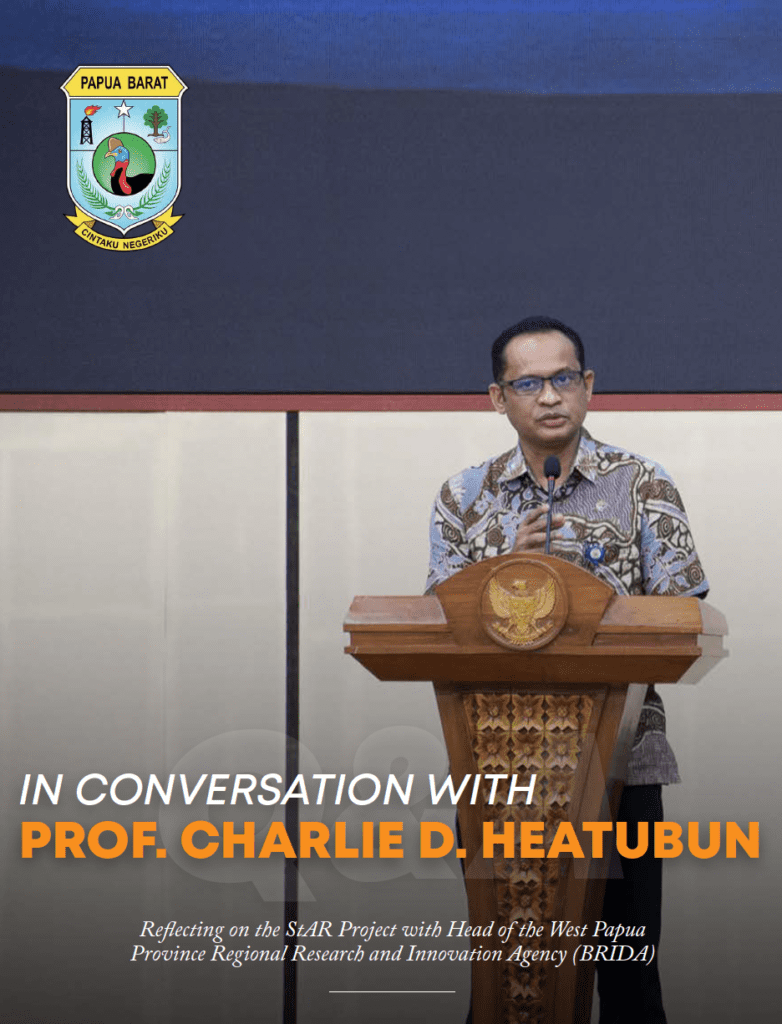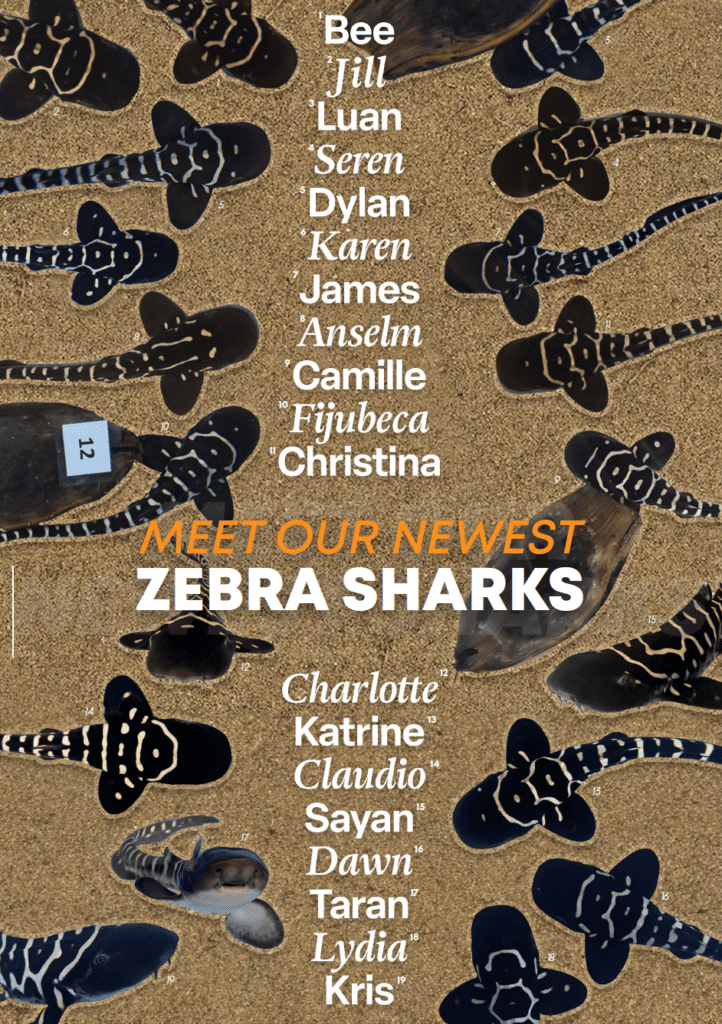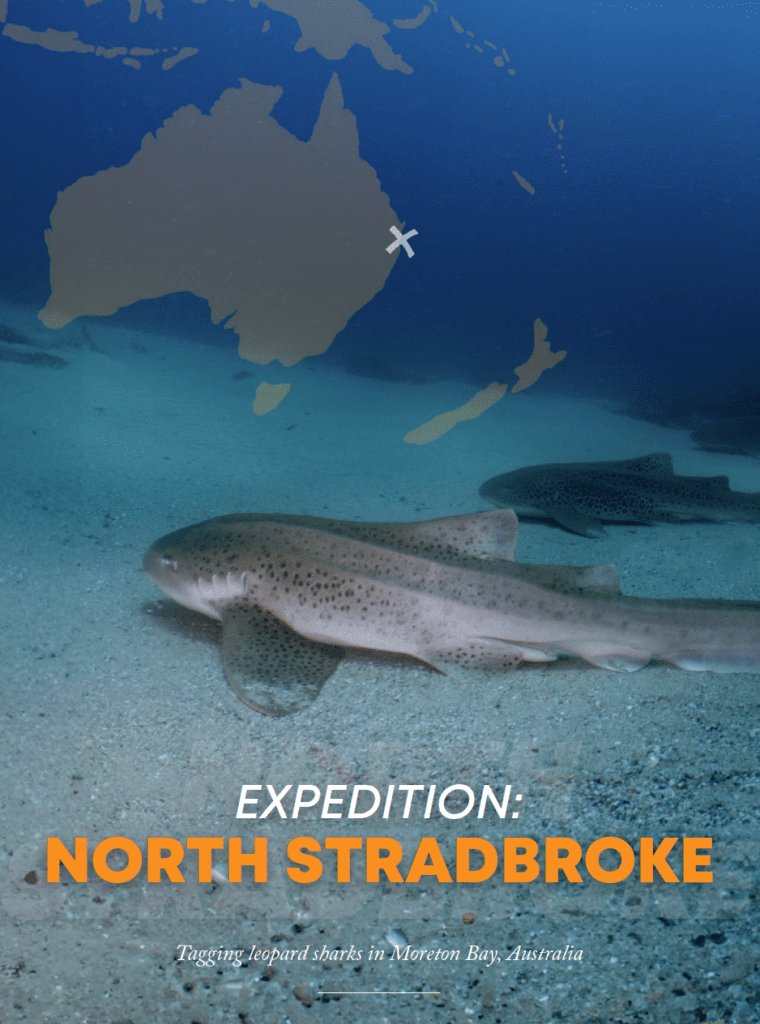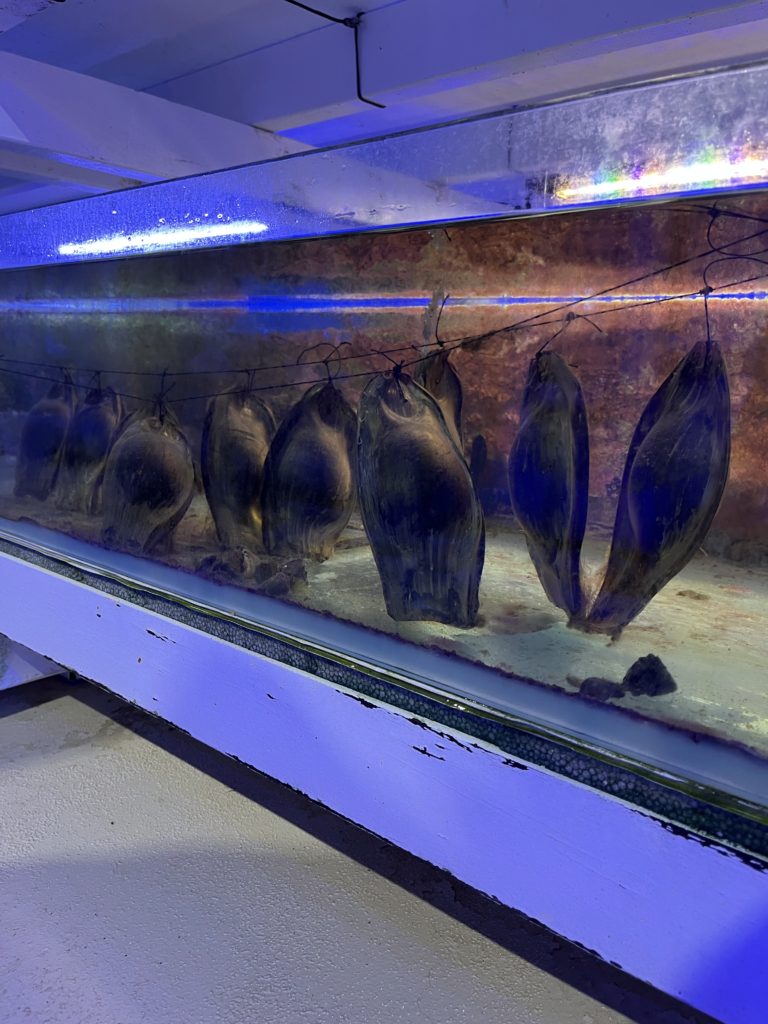Excerpts from “The ReSharker”, the quarterly newsletter of the ReShark/StAR Project
The “The ReSharker” is a quarterly newsletter designed to update ReShark/StAR Project partners on the project’s most recent activities. Because the newsletter includes internal ops, technical and scientific data it is published for intra-partner communication, although we have been given permission to share highlights of the newsletter’s four feature articles with you.
In the lead article of “the ReSharker”, In Conversation with Prof. Charlie D. Heatubun, Counsel Member Abraham Sianipar wrote about his conversation with Professor Charlie D. Heatubun who is Head of the West Papua Province Regional Research and Innovation Agency (BRIDA). BRIDA serves as the kingpin in the implementation of the StAR Project in West Papua.
The following are highlights of Abraham’s and Prof. Heatubun’s conversation:
Looking back at the progress made so far, Heatubun states how proud he is of the project’s demonstration of the concept of re-wilding of zebra sharks, which can now serve a a model for other species conservation programs around the world. It is West Papua’s goal to conserve 70% of its land cover and 50% of its ocean waters. StAR complements these goals by not only helping the ocean but it also benefits the local communities through sustainable tourism and economic welfare. The zebra shark’s iconic status can be used to rally the public to protect nature, which in turn creates opportunities for the traditional adat communities. For these communities, the species they live in close proximity with, have their own cultural value. Any species lost to extinction carries with it a great loss for their civilization and culture.
Since the beginning the project has made sure those traditional adat communities have been been involved. Locals are either leading various supportive projects or are majorly involved. Local youths and students play a large role as well. Many are being recruited as shark aquarists, others as staff members monitoring the project’s various endeavors. Sustainability is a key issue, therefore future generations need to be prepared early. This requires selecting and training the right people, some of which will be provided scholarship opportunities at Papuan universities, like UNIPA.
When asked how the project was initially perceived by other government agencies, Heatubun admits that since many agencies didn’t quite understand what the project entailed, it’s an ongoing process of education. But through constant communication and media engagement the project received more and more recognition and appreciation from everyone from the national and provincial governmental agencies to regional and local partners.
The teamwork that underpins the coalition’s work is very gratifying to Charlie and he feels the StAR Project can truly be an inspiration for future collaborative projects. The amazing standards set in areas such as fundraising, scientific research and publications, permitting processes and policy development are already being implemented in other collaborative projects, like Crown Jewel Papua, a project that targets an integrative landscape managemnent that focused on watersheds as the main life support of Papuan communities. Heatubun is looking forward to applying what has been learned to other conservation initiatives like ones focused on the preservation of birds-of-pardise.
Heatubun sees his work as his “art”, a balancing act of navigating the project’s intricacies and complexities to achieve an end goal. When considering the shear number of stakeholders, selecting “parents” with the right genetics, the daunting shipping and legal processes involved, the fact that StAR is under the larger umbrella of ReShark, and now sharing all the lessons learned with other agencies, the project is indeed a evolving one.
There is a saying in West Papua:
“No matter what we’re doing right now, our duty is to leave our future generations with water springs (mata air) and not tears (air mata).” We need to bequeath life to our children. Not only human life, but also natural treasures like biodiversity, healthy ecosystems and everything in between. All of these depend on the actions of today.”
Professor Heatubun indeed has his hands full but he’s well equipped for the challenge.
The second article, Expedition: North Stradbroke, focuses on tagging leopard sharks in Moreton Bay, Australia.
Dr. Christine Dudgeon, a member of StAR Project’s Steering Committee, Senior Research Fellow at the University of the Sunshine Coast and University of Queensland states:
“Our work off North Stradbroke Island focuses on a seasonal aggregation of adult Indo-Pacific leopard sharks. We employ a range of techniques to research their biology and ecology to inform the StAR Project. This includes taking photos of spotting patterns to track individuals through time, sampling blood and tissue to investigate reproductive hormones and diet, and acoustic tracking to understand migratory patterns and identify critical habitats.”
Numerous members of the StAR Project Steering Committee joined the survey to study the annual summer aggregation of leopard sharks off North Stradbroke Island located in Queensland’s Moreton Bay. The expedition offered a unique opportunity for committee members study the activities of a healthy adult population of leopard sharks which is unavailable in Indonesia due to the lack of adults. Lessons learned about diet will better inform what to feed StAR’s pups. The procedures of collecting cloacal swabs and blood draws will enable the team to optimize these procedures allowing most analytical work to be preformed underwater. These same protocols can now be applied on juveniles in Raja.
The two remaining articles, Receiving our Biggest Egg Shipment and How I Became a Shark Nanny, were previously covered on the BHS site.
Click the links to read our two articles by Made Abiyoga Udaya, Receiving the Largest Egg Shipment-Overview and Receiving the Largest Egg Shipment-Quarantine.
“Shark Nanny” Kyra Wicaksono tells her story in both in English and Bahasa Indonesia, StAR Project Through the Eyes of a Shark Nanny and Projec StAR Pandangan Seorang Shark Nanny.
The Bird’s Head Seascape website is constantly updated and is an invaluable resource, not only StAR project news and updates, but for all things Raja Ampat, Triton Bay and Cenderawasih Bay. Check in regularly; it seems that every week there are either new eggs arriving, eggs hatching or pups being released into the wild, sometimes all three!











































